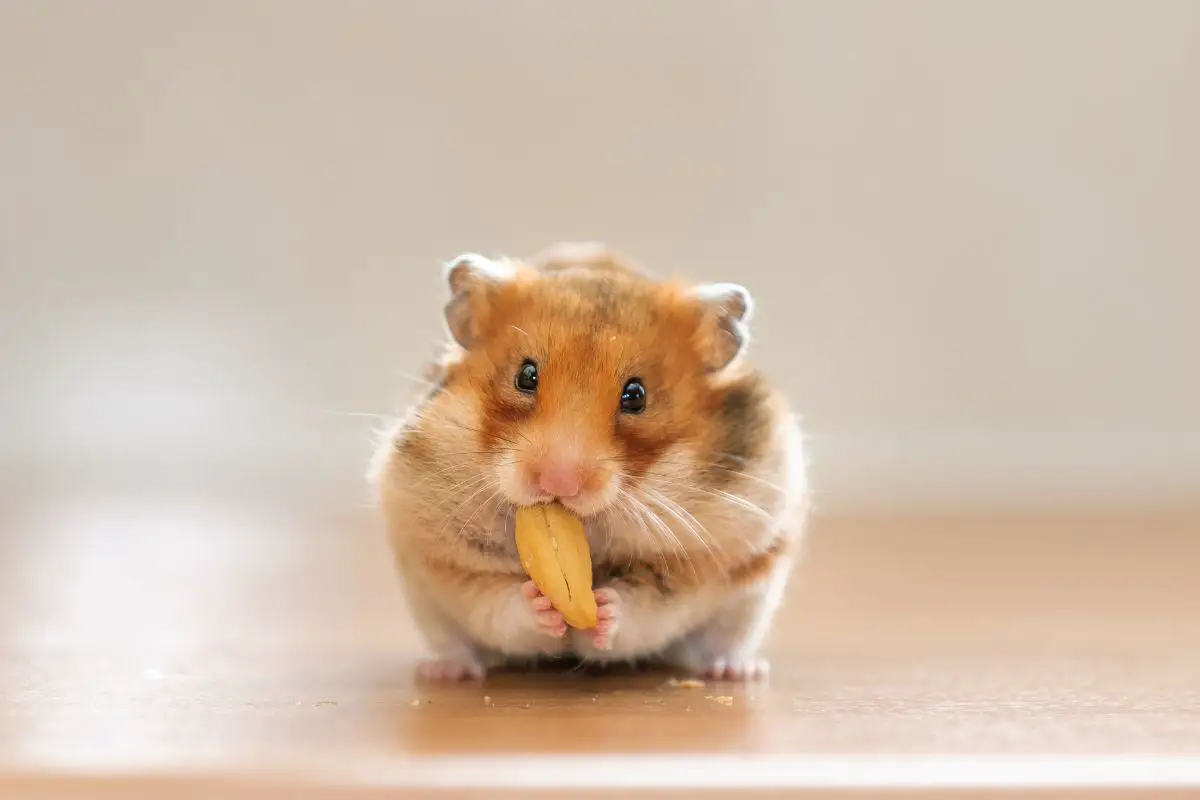
Although most of us have seen them in cages, Hamsters live in warm and dry grasslands or sand dunes in the wild. These rodents can weigh anything from 0.8 to 16 oz. Their lengths can range anywhere from 2 to 6 inches.
Hamsters live for 2-6 years, depending on the size of the breed. They chew to keep their teeth small and also tend to hoard food in their cheeks. This nocturnal mammal tends to hide when they feel scared.
As pets, they crave and thrive on human affection. What other animals are similar to a hamster? Let’s talk about the top fifteen similar mammals.
1. Guinea Pig
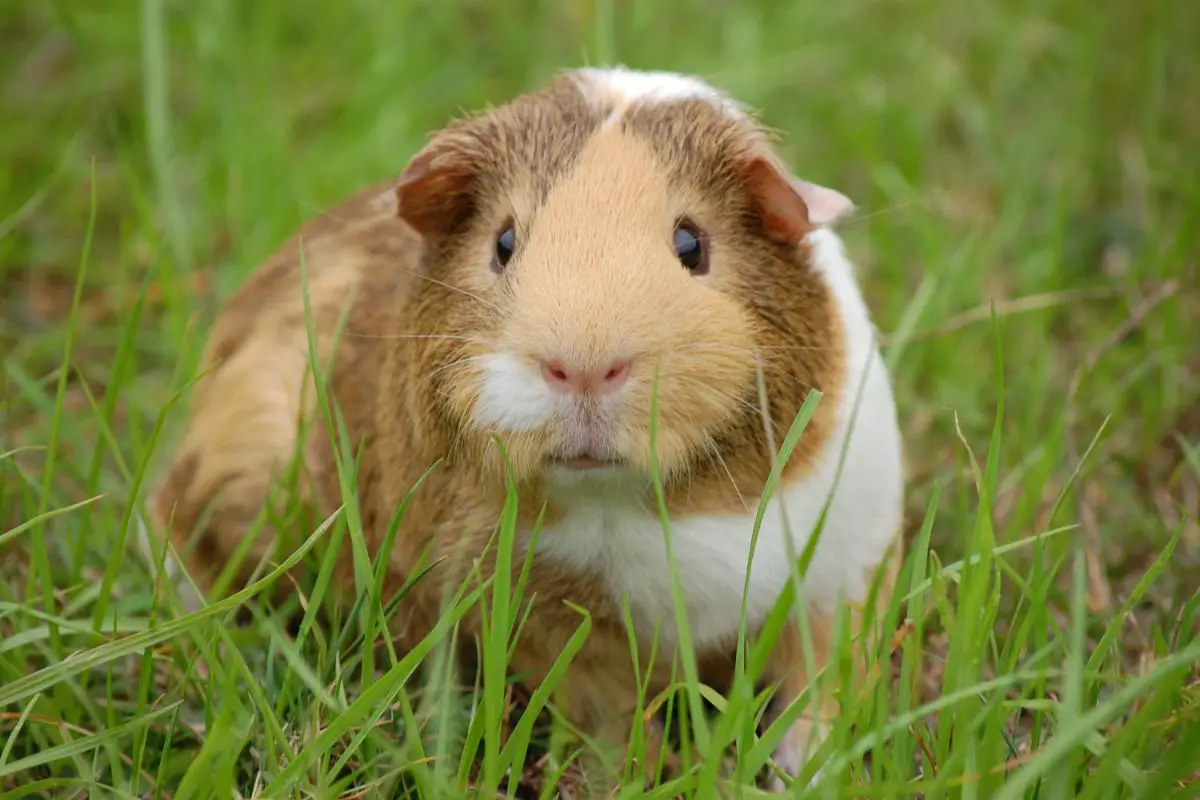
The guinea pig is yet another small rodent that people raise as pets. Although they look similar, guinea pigs are much larger than hamsters. This rodent is about 8 to 16 inches long and weighs around 15 to 47 oz.
The breed of guinea pig that humans domesticated don’t live in the wild any longer. However, a close wild cousin bearing the same name lives in the South American mountains. As pets, they need a much larger habitat than hamsters do.
They are not nocturnal like hamsters and tend to stay awake during the day and sleep at night. Guinea pigs also can’t run on hamster wheels, and attempting to make them do so can put them in danger. They do come in similar colors that can range from white and beige to saffron and black.
A guinea pig’s diet includes grass, hay, small quantities of vegetables, and occasional fruits. Fibrous hay and grass help them keep their teeth small. On a good diet, a guinea pig can live for 4 to 8 years.
2. Vole
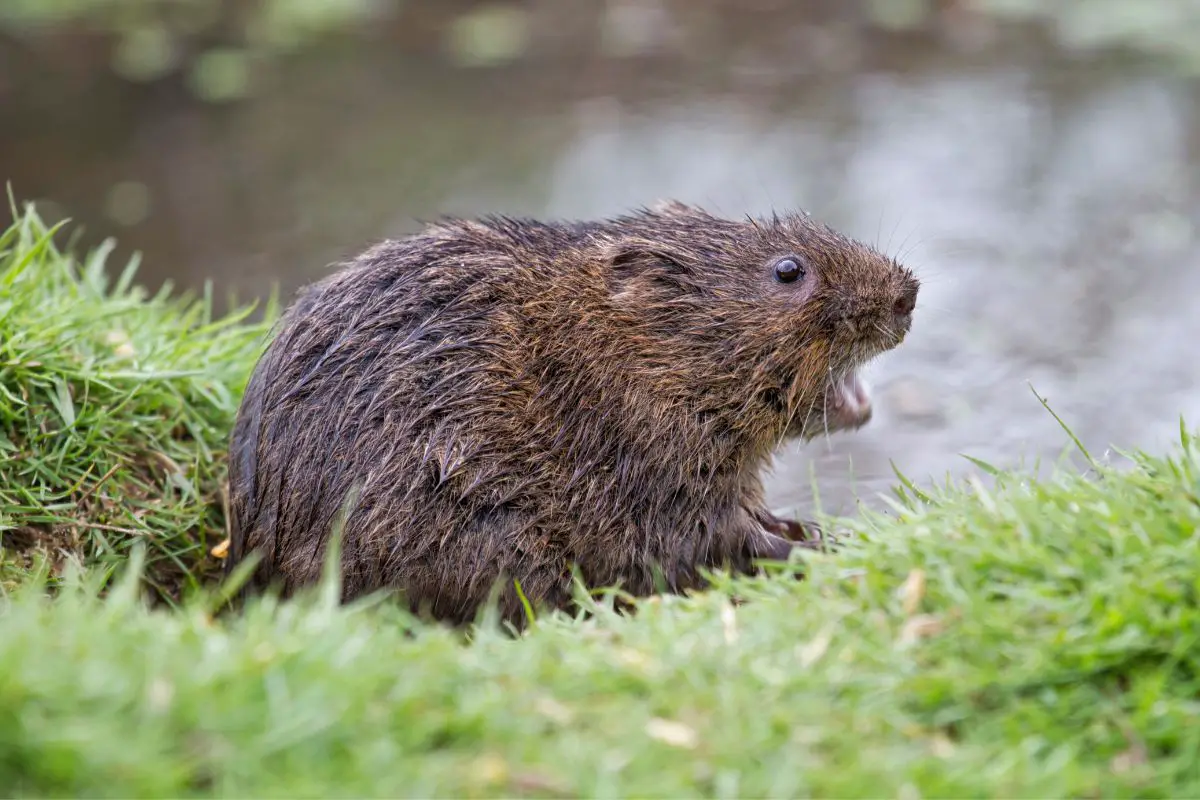
Like hamsters, Voles fall in the Cricetidae family. They look like a cross between hamsters and field mice. They have pointed faces, small yet round heavy bodies, and short tails.
They have prominent teeth that they use to gnaw on plant roots and stems. Voles are around 5-8 inches long and 0.6 to 3.2 oz. These mammals can live in a variety of habitats, from mountainous ranges to underwater.
Voles are herbivores. They feed on different types of grasses, plants, seeds, and bulbs. If there is a scarcity of such food, they can also eat barks and roots.
They like living in wooded areas, where food is more readily available. Although voles produce a lot of offspring, their life expectancy is short and ranges from three to twelve months. Hamsters have a much longer life and have been domesticated, unlike voles which can’t get accustomed to it.
3. Lemming
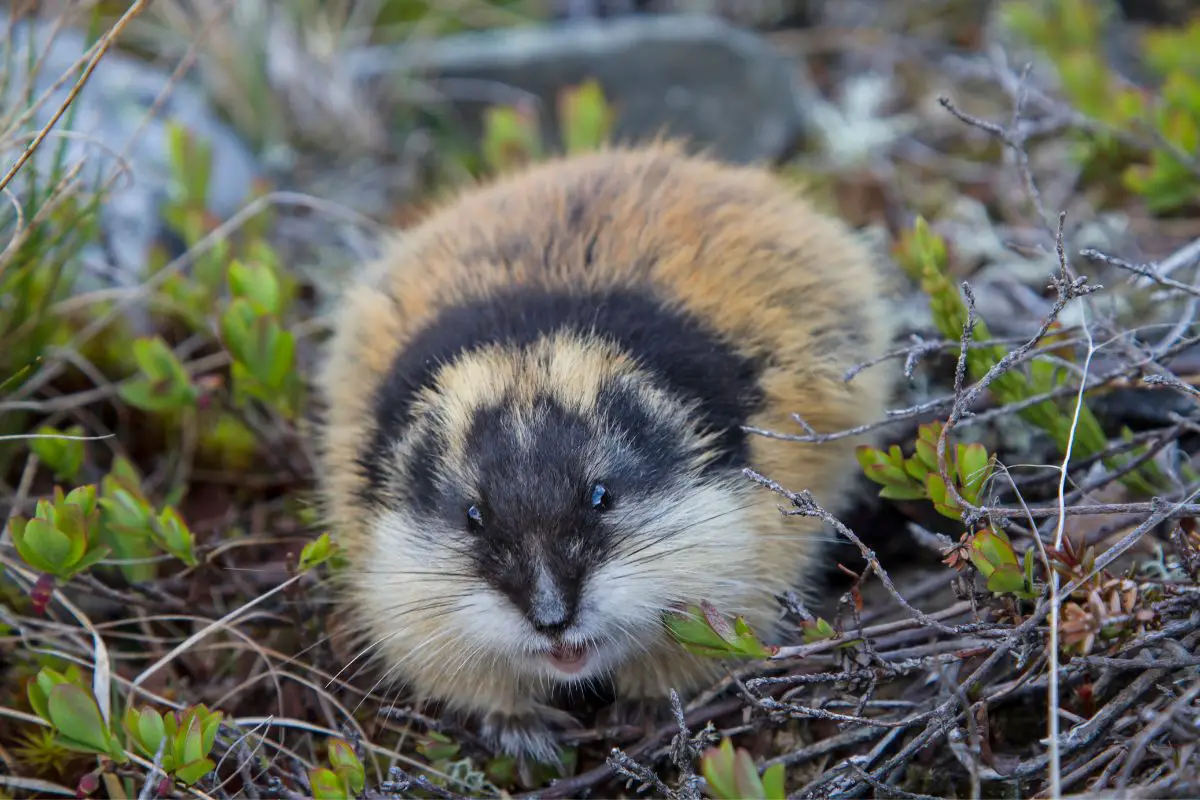
Lemmings are rodents from the Cricetidae family, and they resemble hamsters the most in terms of looks. They are small, and their lengths range between 4 to 5 inches. Similar to hamsters, they have small tails.
Depending on the species, their weight can range from 0.4 to 0.7 oz.
These mammals are herbivores like hamsters and tend to live on grass, sedges, and other grass-like vegetation. Just like voles, lemmings can live on barks and roots during harsh winters. Lemming comes in various colors and patterns, which make them look very similar to hamsters.
They have similar snouts, hands, and feet.
Lemming can be domesticated like hamsters, but they have a much shorter lifespan. Most live for about 12 months, with some species living for two years at most. They can stay active day and night, getting a few hours of sleep any time they need.
4. Muskrat
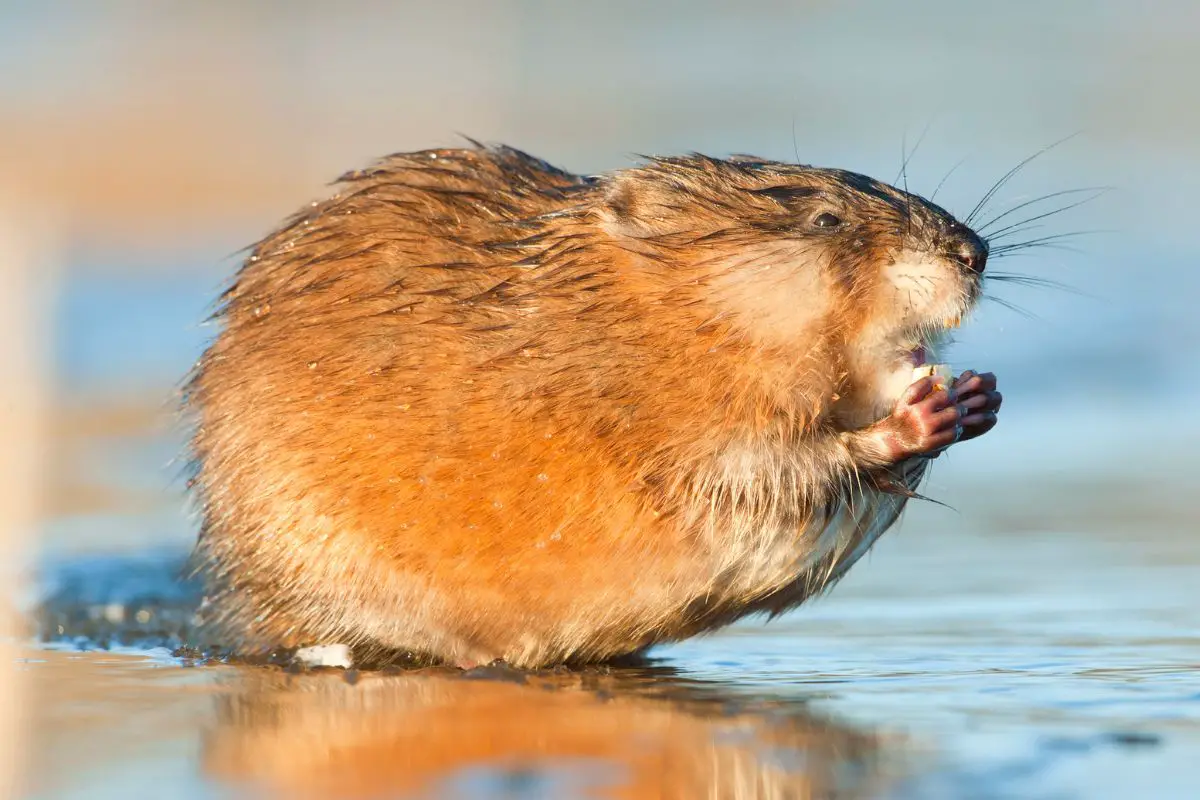
Another member of the Cricetidae family is the muskrat. They are very different from hamsters and other Cricetidae because of their habitat. Muskrats are aquatic and tend to live in wetlands.
Unlike hamsters, muskrats are omnivores. So, they not only eat plant-based food like water plants but also fish and snails. Unlike hamsters, they tend to be smelly, and in some places, it is illegal to own one.
Muskrats are good swimmers. Their coat doesn’t have much range regarding colors. They come in light brown to black shades.
Their snouts look very similar to hamsters. They also have a similar habit of standing up on their hind legs.
5. Gerbil
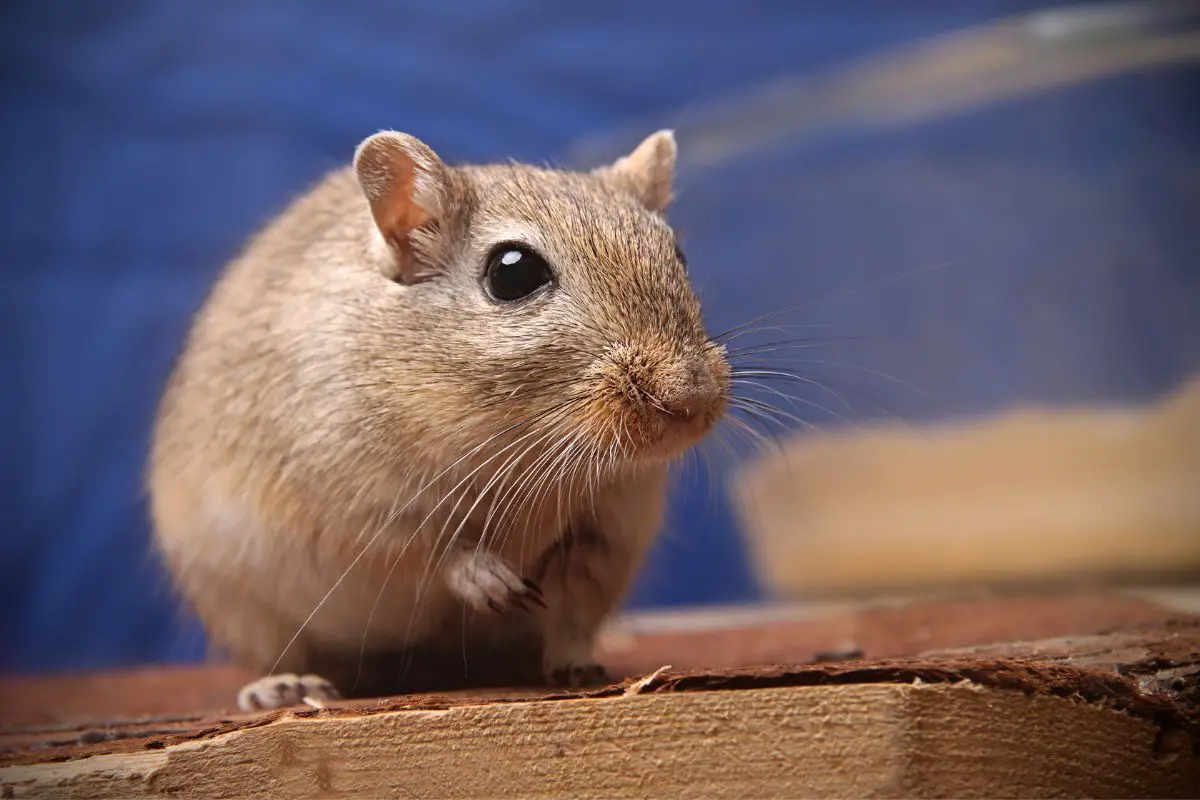
Gerbils are rodents, just like hamsters. Hamsters are a part of the Cricetidae family, while gerbils fall in the Muridae family. This makes them closer to rats, but they still have a similar look.
One major difference in terms of appearance is the size of their tail, as gerbils have long tails like rats. Originating from deserts, they tend to live in sandy places. Gerbils are significantly smaller than hamsters and can weigh up to 4.7 oz.
Their length ranges from 4 to 8 inches, excluding their tails. These mammals sleep differently from hamsters. Although they are active during the day, they can also be awake at night.
They sleep in sessions of 1-2 hours, then are awake for a few hours until they sleep. Gerbils feed on grasses, leaves, bulbs, and herbs, unlike hamsters, who mostly live on fresh vegetables, leafy greens, and fruits. A gerbil’s lifespan can range from 2 to 4 years, depending on their habitat and lifestyle.
When kept as pets, they need a running wheel to keep them fit, just like hamsters.
6. Rat
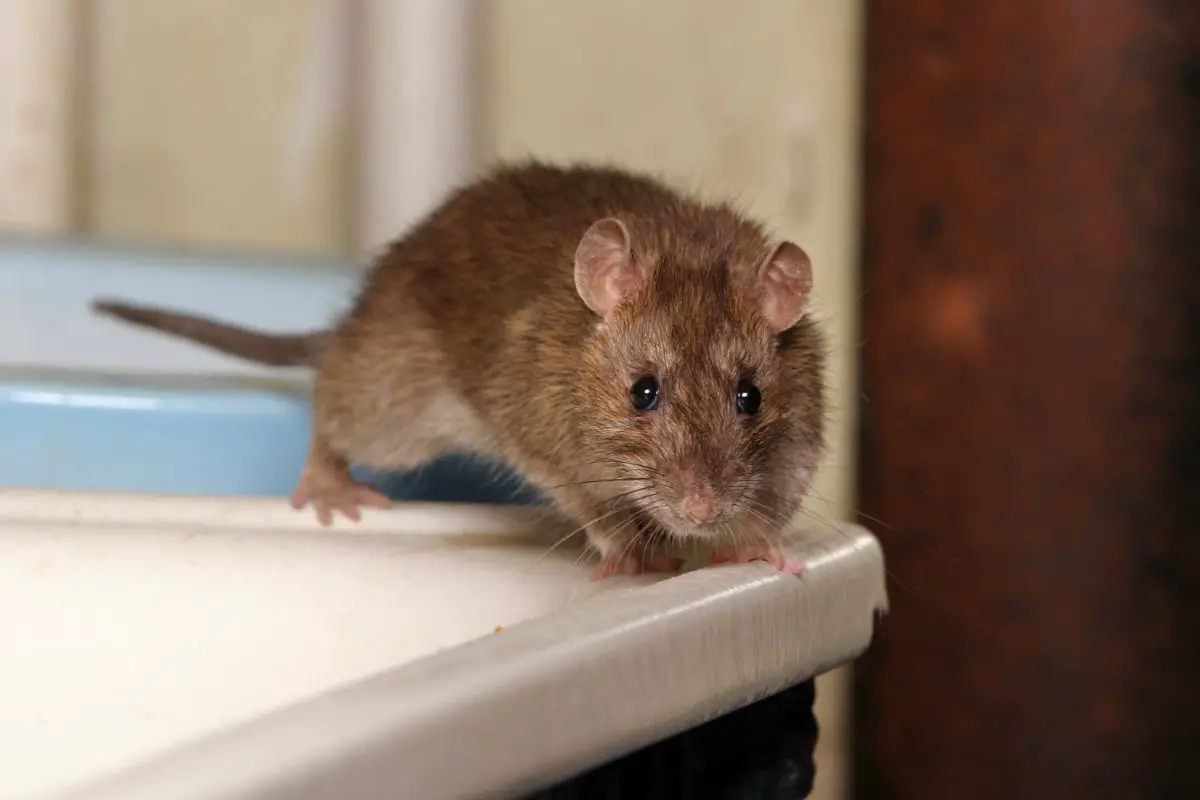
Rats are more common than hamsters and are found all over the world. Adult rats can be 9 to 11 inches, with tails almost as long as their body. Whereas hamsters come in a variety of pretty shades and patterns, rats come in solid colors.
Wild rats can live almost everywhere, both in urban habitats and in fields and forests. They are omnivores and can eat anything from small animals and insects to seeds and vegetables. This is why wild rats are often considered pests and can infest various habitats.
Just like hamsters, rats are mammals and rodents. But, they fall in the Muridae family, like gerbils. If you raise one, you can add a running wheel to their cage habitat.
It’s not necessary, but it will keep them fit. Like hamsters, they thrive on human affection and become attached to owners.
7. Mice
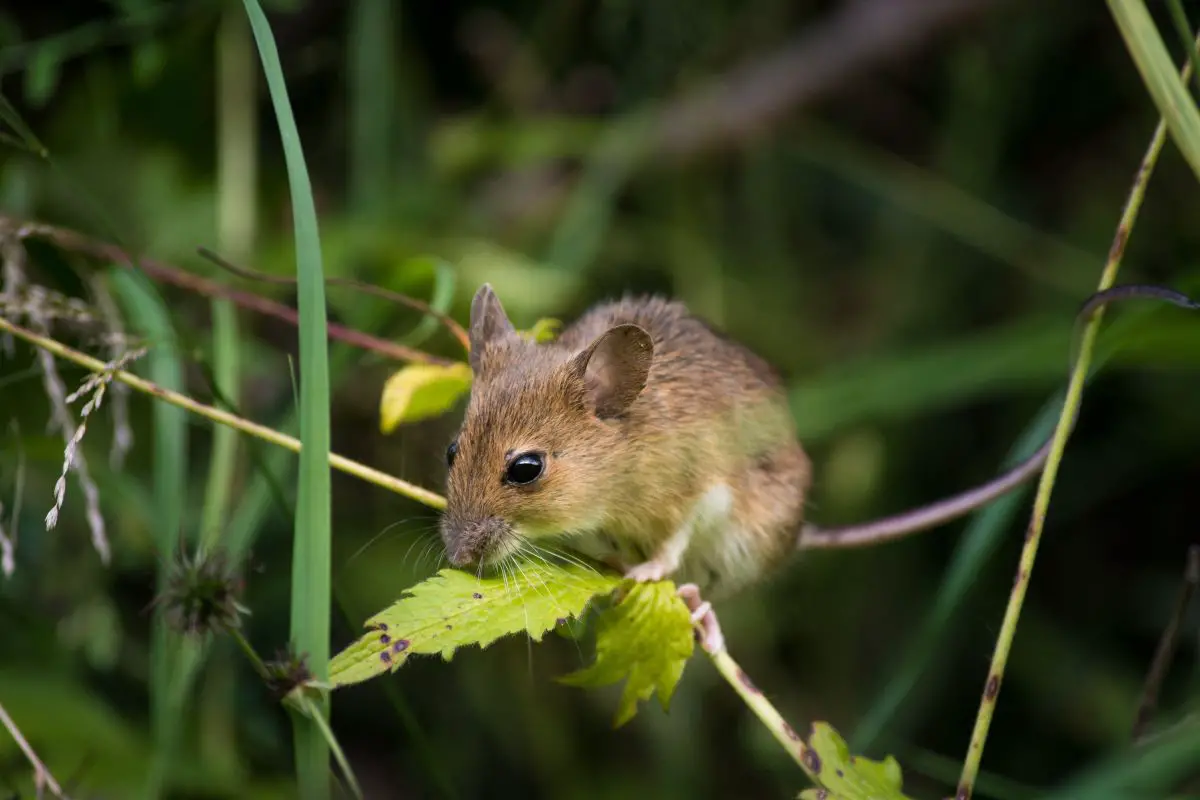
Mice are mammals that also fall in the Muridae animal family. They are rodents like hamsters, but they are omnivores like rats. You will find them in houses, forests, grassland, and urban structures.
They can live in diverse habitats. Since their diet is flexible, they adapt quickly to places. They can eat plants, vegetables, fruits, nuts, seeds, and all kinds of meat.
Food storage and trash leftovers attract them into human homes. Mices come in different colors and can range from various shades of white and silver to brown and black. Unlike hamsters, they have more slender bodies and long tails.
Most mice breeds are 5 to 8 inches. Depending on the breed, their weight can be anything from 0.1 to 1.6 oz. Similar to rats, mices are much smarter than hamsters.
As pets, they learn things quickly, and this quick wit also helps them survive in the wild.
8. Degu
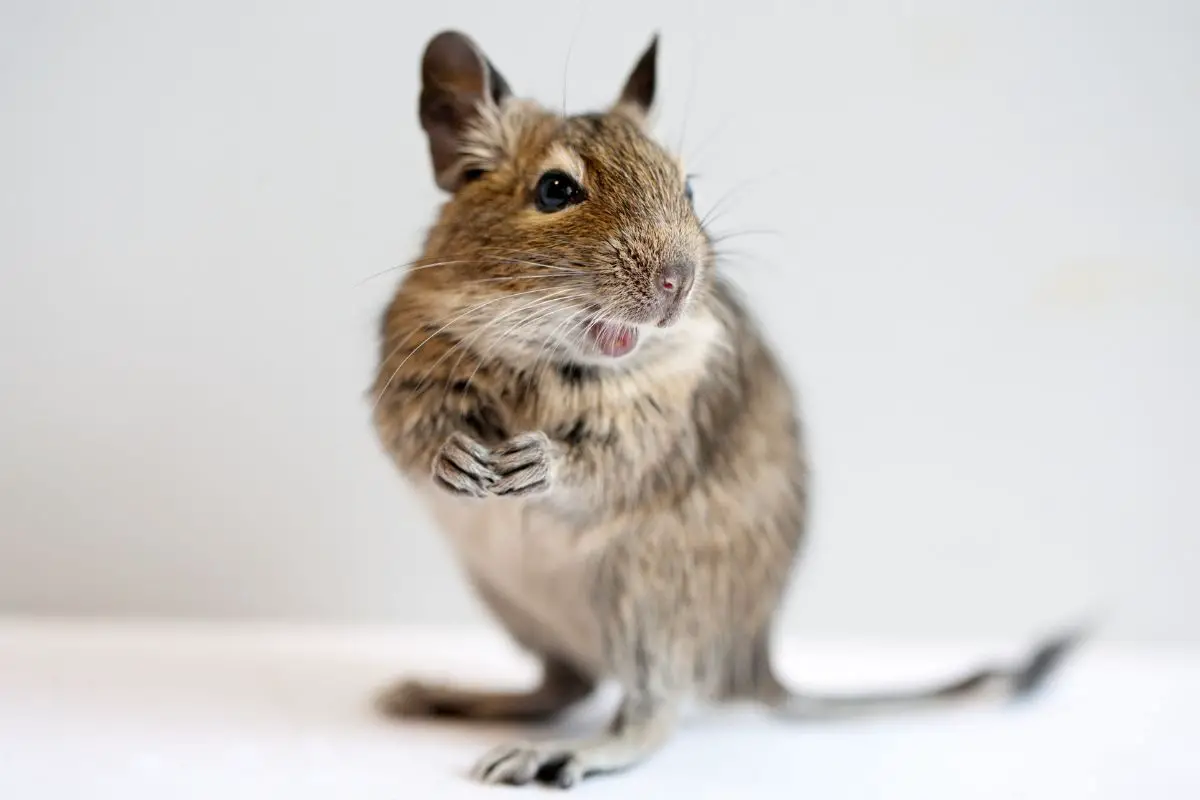
Originating from the Andes mountain ranges in Chile, Degu is another mammal that is similar to hamsters. They make great pets, and once they become attached to their owners, they crave attention. Unlike hamsters, they can’t live alone as they are used to living in colonies in the wild.
Degus also look like a cross between mouse and hamsters. Their natural coat is of agouti color pattern, shades ranging from beige to blue. They are 9 to over 12 inches in length and weigh around 6 to 16 oz.
Like humans, they are active during the day and sleep through the night. Like hamsters, they are strict herbivores. They eat grass and other vegetation in the wild.
They also eat fruits, seeds, and the bark of trees. Although they live for around four years in the wild, they can live for over nine years if you raise them well as pets.
9. Dormouse
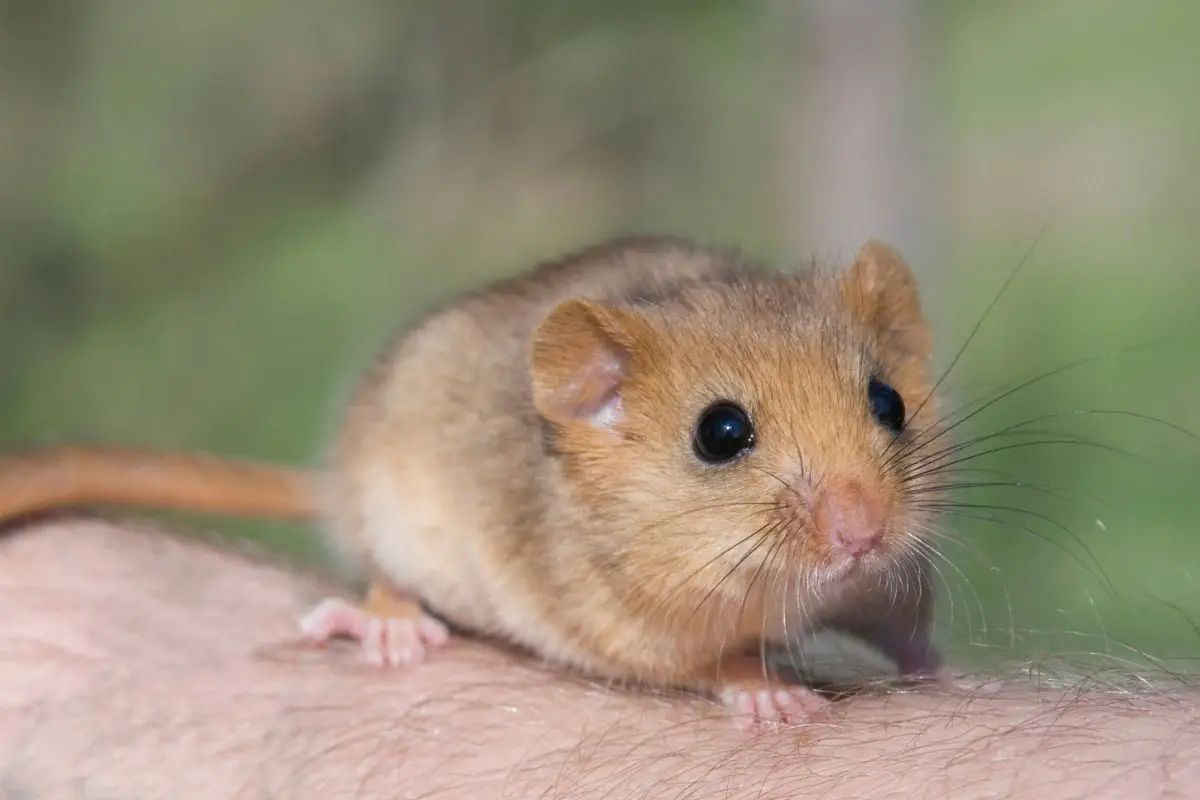
The dormouse is a rodent-like hamster belonging to the Gliridae family. Due to its mouse-like appearance, it is often mistaken for one. They have orange-brown or grey fur and long fur-covered tails.
Dormice are 2½ to 3½ inches long and have tails that are almost as long as their body. They can weigh around 0.5 to 1 oz. They can hibernate like hamsters. During winter, they can hibernate for six months until the weather gets warm.
Similar to hamsters, they are nocturnal, but they are not herbivores. They eat nuts, seeds, fruits, and vegetation, but they also eat insects and bird eggs. They have almost double the lifespan of a hamster and can live up to five years.
As they are wild animals, they don’t fare well in captivity.
10. Chinchilla
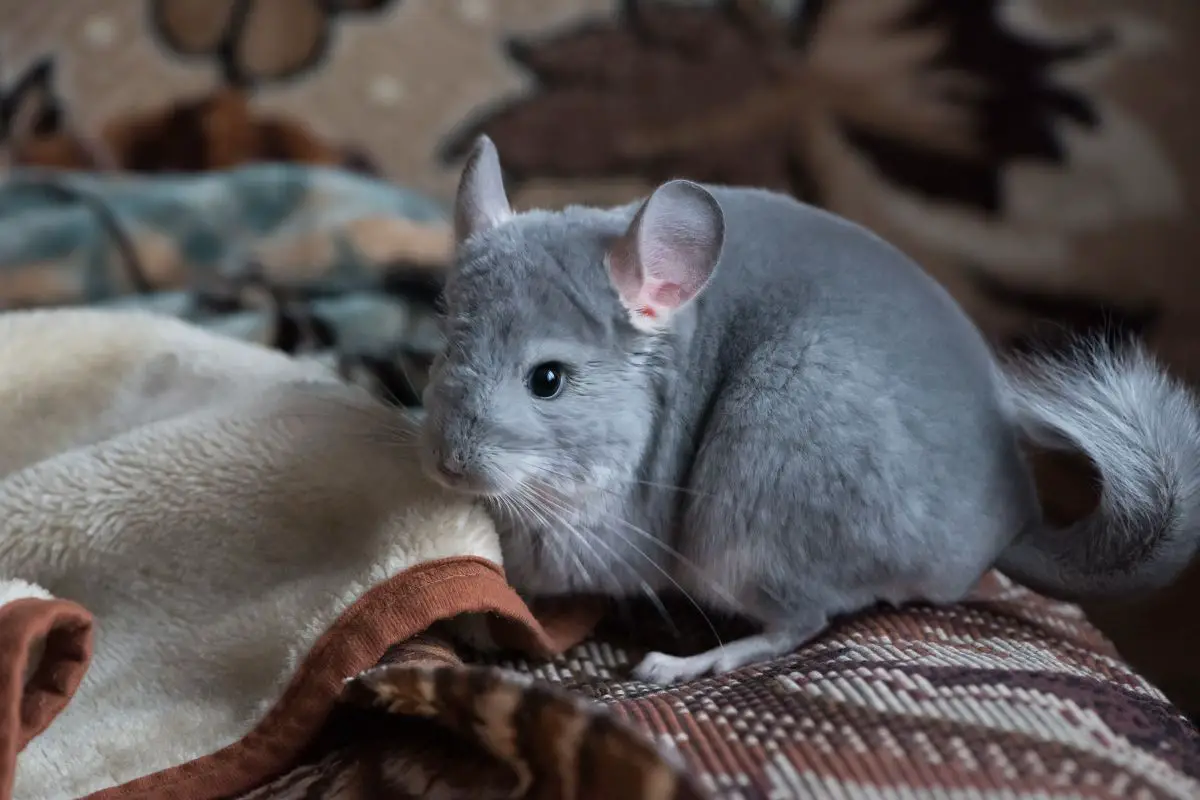
Chinchillas are also from the Andes mountains in South America. These rodents are from the Chinchillidae family, although they are closely related to degus. Since they have sensitive digestive systems, chinchillas need a fiber-rich diet for them to function properly.
They eat grass, leaves, stems, roots, and twigs. As pets, they eat high-quality hay and pet pellets made of hay. An adult chinchilla’s height can vary between 8 to 11 inches.
They weigh around 2 to 3 pounds, making them much heavier than hamsters. Chinchillas are active during dawn and dusk but are awake during the night like hamsters. They can’t live alone, and like degus, they live in colonies.
They are not as cuddly as hamsters, but they do become affectionate and show it through nibbling and grooming. Chinchillas live for 8 to 10 years in the wild, but can live for 20 years as cared-for pets.
11. Squirrel
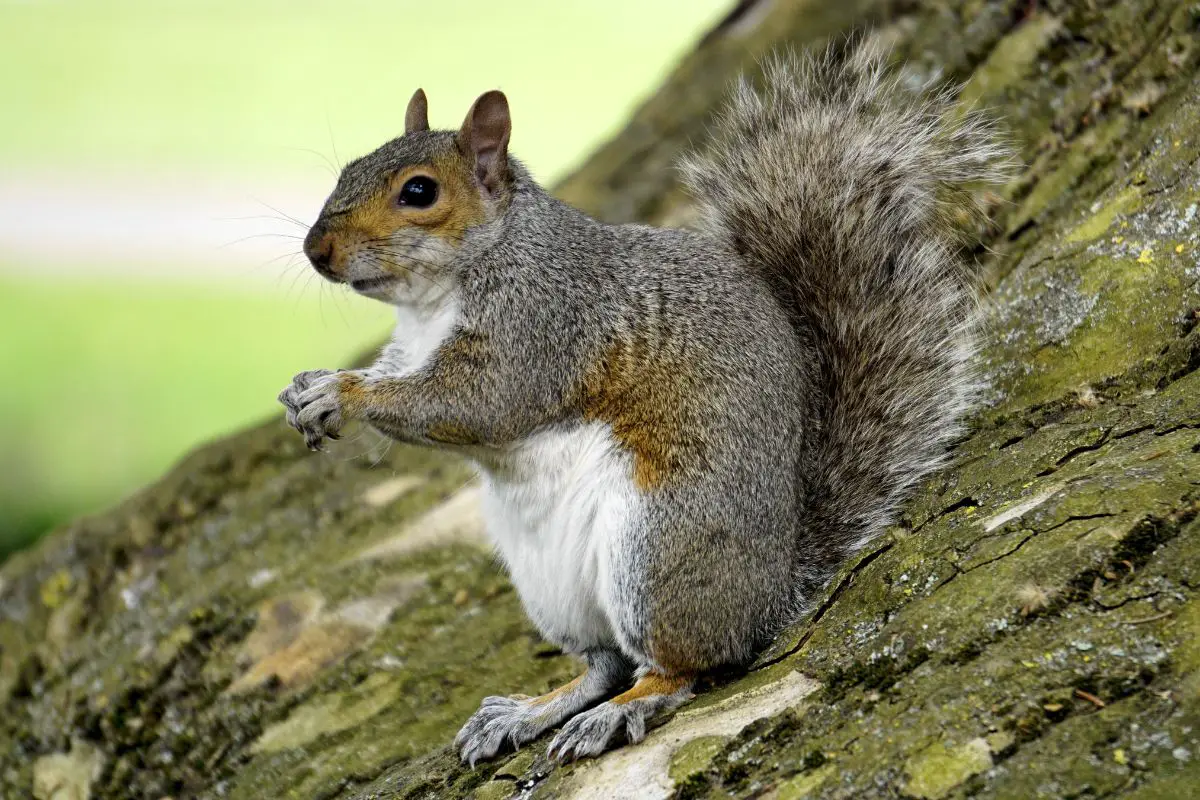
Squirrels and hamsters are similar and yet quite different. They are both rodents and mammals, yet one lives and nests in trees while the other lives in underground burrows. Both squirrels and hamsters have cheek pouches and tend to store food in their cheeks.
They have fluffy tails, which they can carry upright or flattened, depending on whichever is more suited for their survival. You can tame a squirrel, but they are meant to live in the wild. It is actually illegal in some places to keep squirrels as pets.
They are longer than hamsters, their length ranging from 15 to 20 inches. These mammals are quite heavy as well and can be 1 to 1½ pounds in weight. Smaller breeds live for up to 10 years, while larger ones can live for almost 18.
Squirrels are fluffy. Their fur coat can have many colors and patterns. They can be white, beige, chestnut, brown, copper, and black.
Their chests are often white. They are omnivores, and even if you mostly catch them eating nuts and seeds, they can also eat insects, small animals, and even snakes!
12. Chipmunk
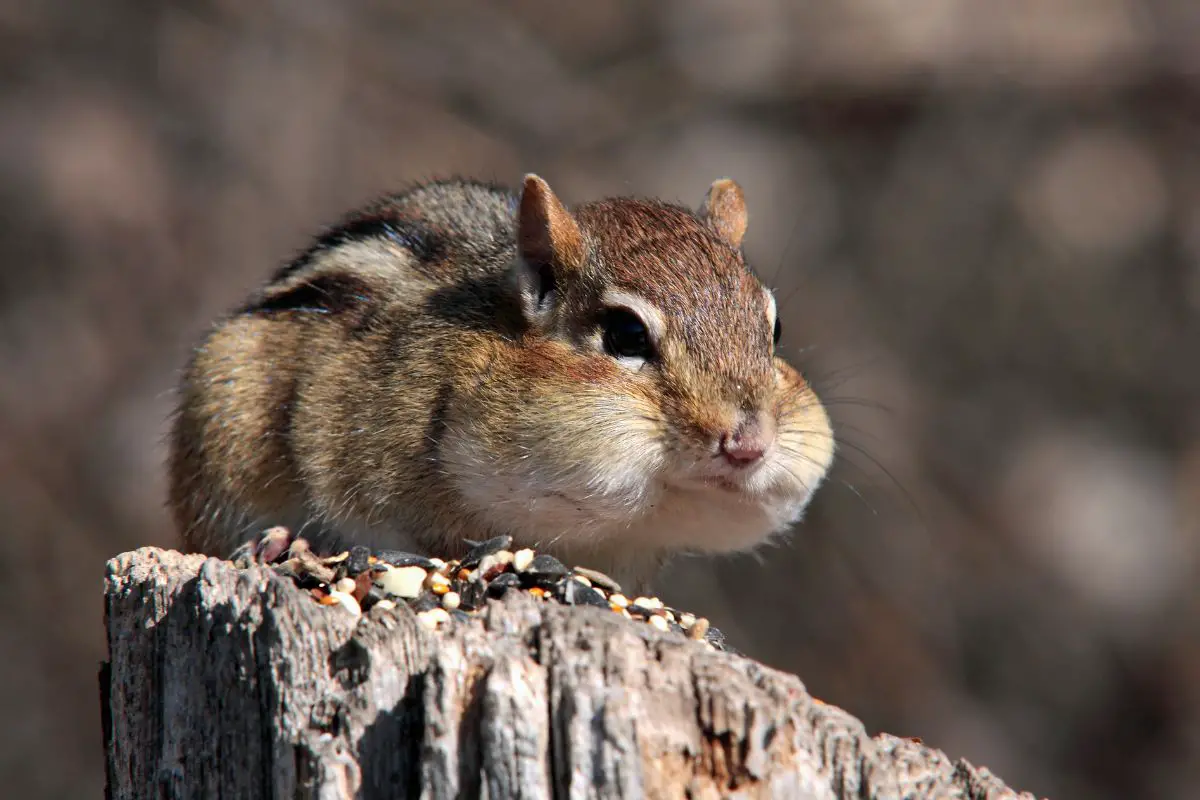
Although chipmunks look a lot like squirrels, they are very different. They can live in diverse habitats. These rodents can climb trees and swim in the water, which makes them adaptable to fields, forests, mountains, and deserts.
They are loners like hamsters and like to live alone in underground burrows. Chipmunks can be of varying shades of greyish brown to reddish-brown. They often have a pattern of two black stripes with a white stripe running down the middle.
Their length ranges from 4 to 11 inches, and they can weigh anywhere from 4.4 to 5 oz. Chipmunks can live for 3 to 10 years, which is much longer than any hamster lives. Chipmunks are omnivores.
Like squirrels, they eat nuts, seeds, grains, insects, worms, bird eggs, and even baby birds and mice! They store food in their mouth like hamsters and can hibernate like them too.
13. Prairie Dog
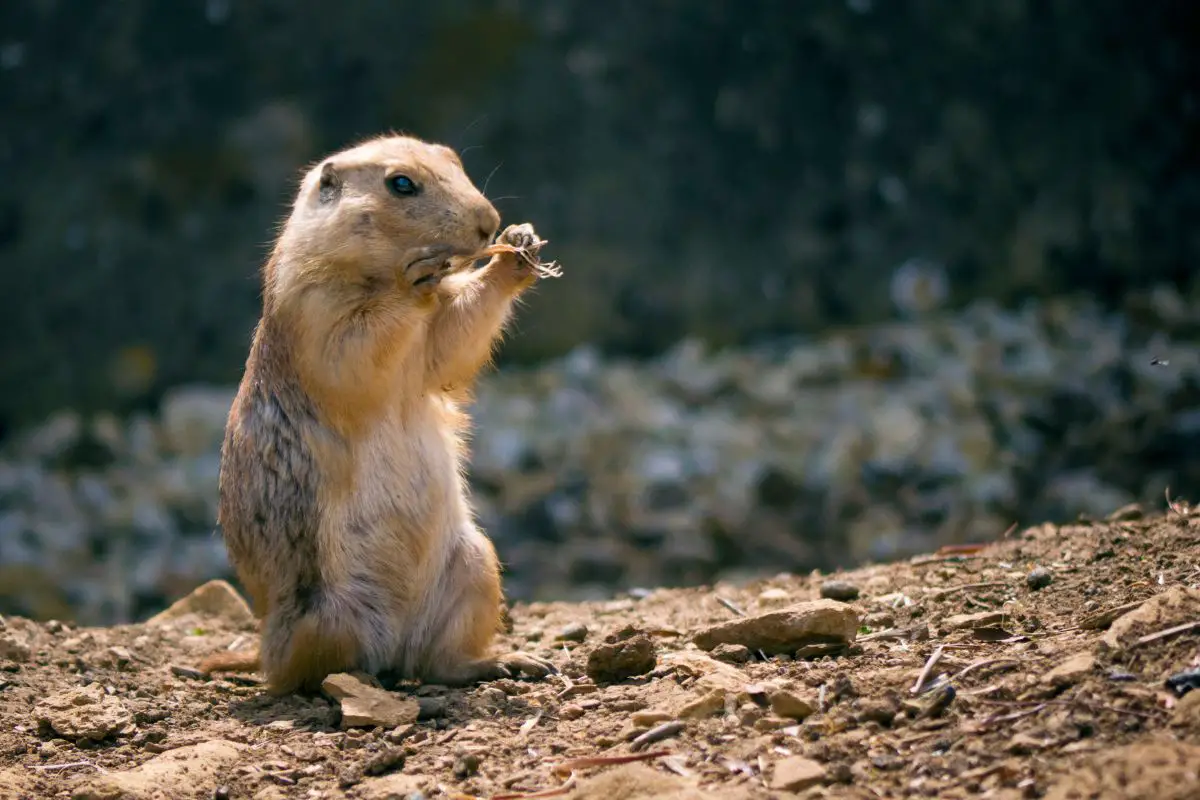
Like hamsters, prairie dogs live in dry grasslands in the wild. Although they live in underground burrows like hamsters, they are not loners and tend to live in colonies. They are herbivores like hamsters and live on grass and other moisture-rich vegetation.
Prairie dogs are much larger than hamsters. These mammals are 12 to 16 inches long, including their small tails. Their weight can range from 1 to 3 pounds.
Prairie dogs can be affectionate pets when adopted young. They are quite playful and active. These rodents live from 5 to 8 years in the wild but can live much longer when raised by humans.
They are awake during the day and sleep at night, which makes raising them as pets incredibly easy.
14. Capybara
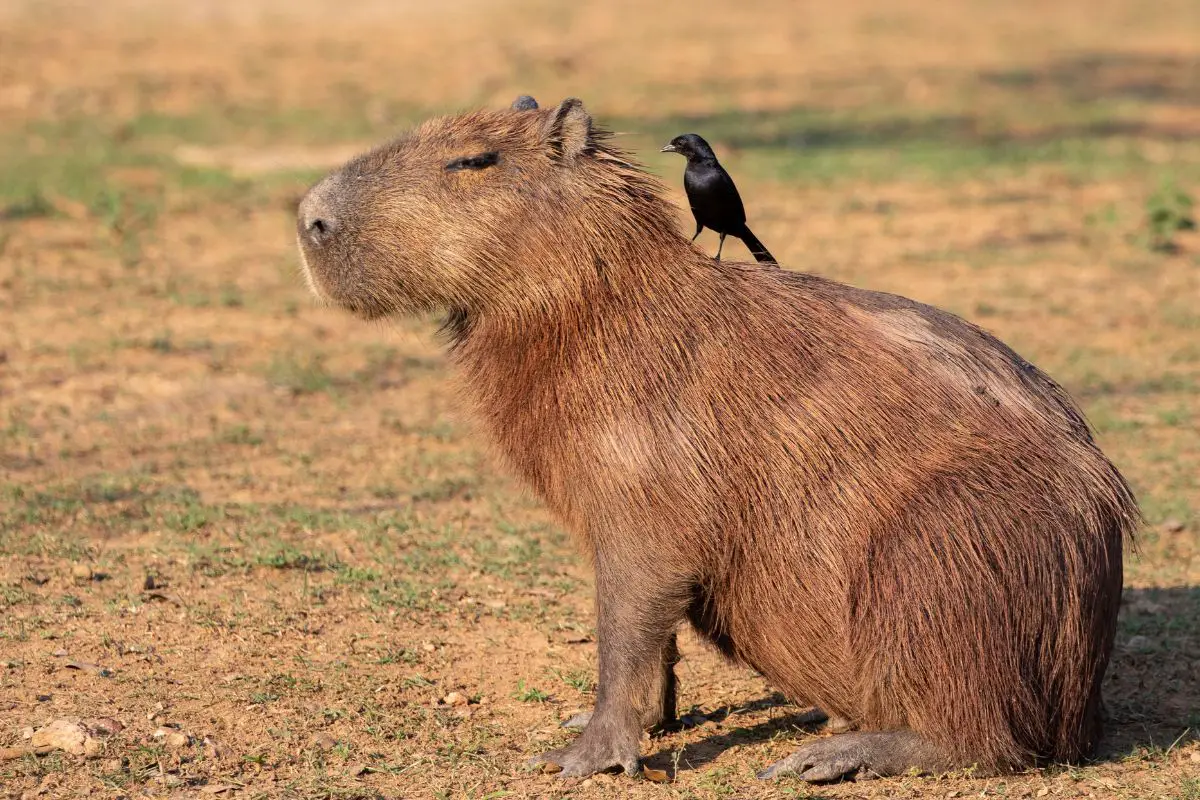
Capybaras are often known as large hamsters. They are huge and are the largest known rodents on earth. They are 39 to 51 inches long and around 20 inches tall.
They can weigh up to 60 to 174 pounds. These mammals are often mistaken for larger versions of hamsters. There is very little variety in their fur color.
They are generally reddish-brown or grayish-brown on top with a brown-yellow chest and bellies. Strict herbivores like hamsters, Capybaras eat grass, aquatic plants, tubers, barks, and even sugar canes. They are most active during dawn and dusk, which can make them nocturnal when they feel threatened.
Capybaras live for 6 to 12 years. These giant rodents love to cuddle and can make great pets.
15. Pygmy Hedgehogs
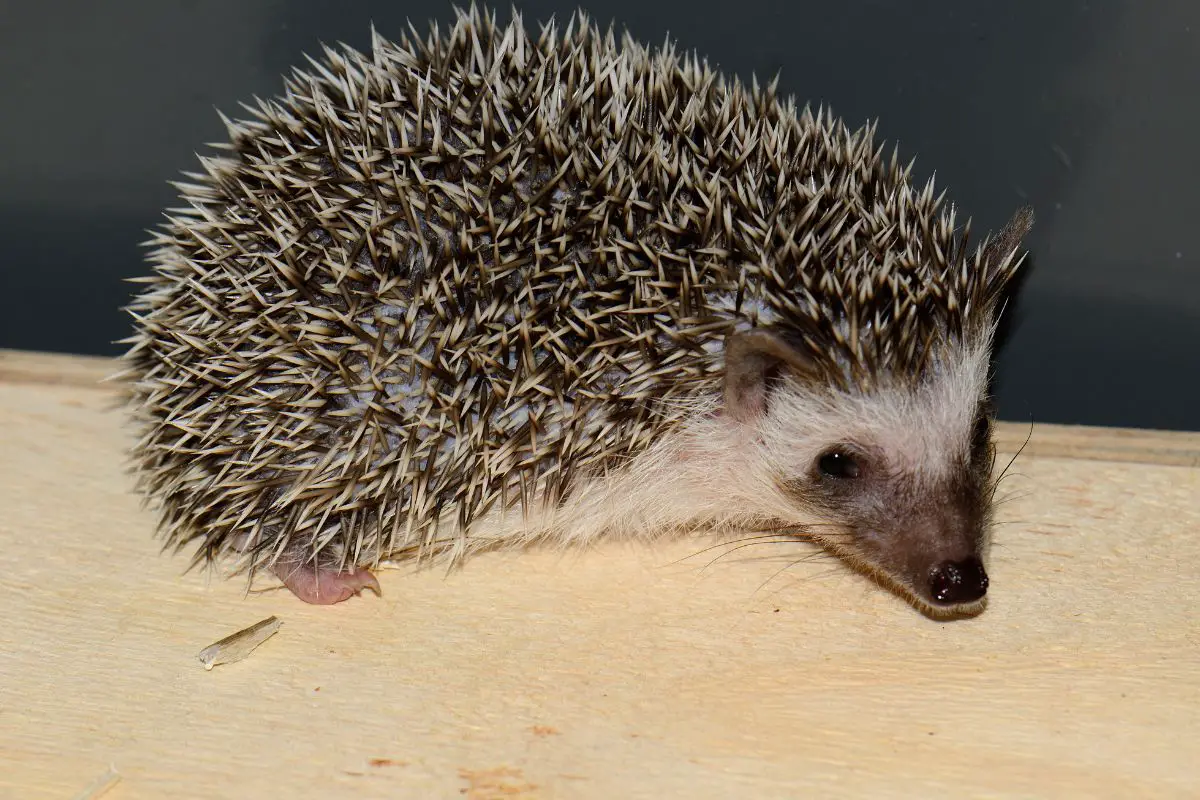
Pygmy hedgehogs are not rodents, but they have some interesting similarities to hamsters. They are both quite human-friendly and make good pets. Just like hamsters, pygmy hedgehogs are nocturnal.
When kept as pets, they need a hamster wheel to run on, which they will use at night. Similar to hamsters, pygmy hedgehogs live in grassy drylands or sand dunes in the wild. But, they have very different diets.
Pygmy hedgehogs mostly eat insects and worms. They also eat some small vertebrates and bird eggs. They look very different from hamsters.
For instance, they have a longer snout. They also have a spikey coat instead of fur, but their spikes are not too sharp for humans. In human care, they can live for 4 to 6 years, which is much longer than hamsters.
They are not cuddly, but they are friendly and playful.
FAQs About Animals Similar to Hamsters
What Animal Looks Like a Big Hamster?
Capybara is often mistaken for big hamsters. They have a very similar look and are herbivores too. Capybara is cuddly and affectionate like hamsters but can also be nocturnal when they don’t feel safe.
What Is a Better Pet Than a Hamster?
Due to their longer life expectancy and cuddly nature, guinea pigs are considered better pets than hamsters. They are also not nocturnal, which makes they can more easily adjust to your daily routine. Hence, they are considered more convenient and less disturbing than hamsters as pets.
What Is the Friendliest Rodent Pet?
The friendliest rodent pets are gerbils or rats. They are playful, affectionate, and love human affection. They are smart and much easier to train. If you want a small rodent for your child, gerbils and rats are much better options than hamsters.
